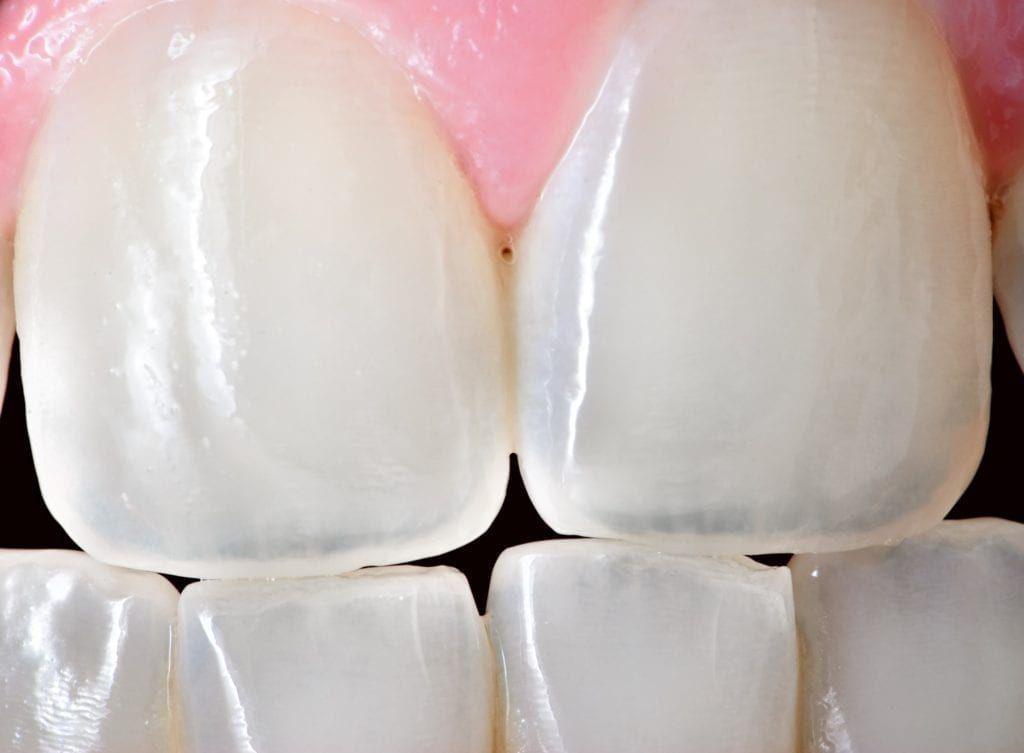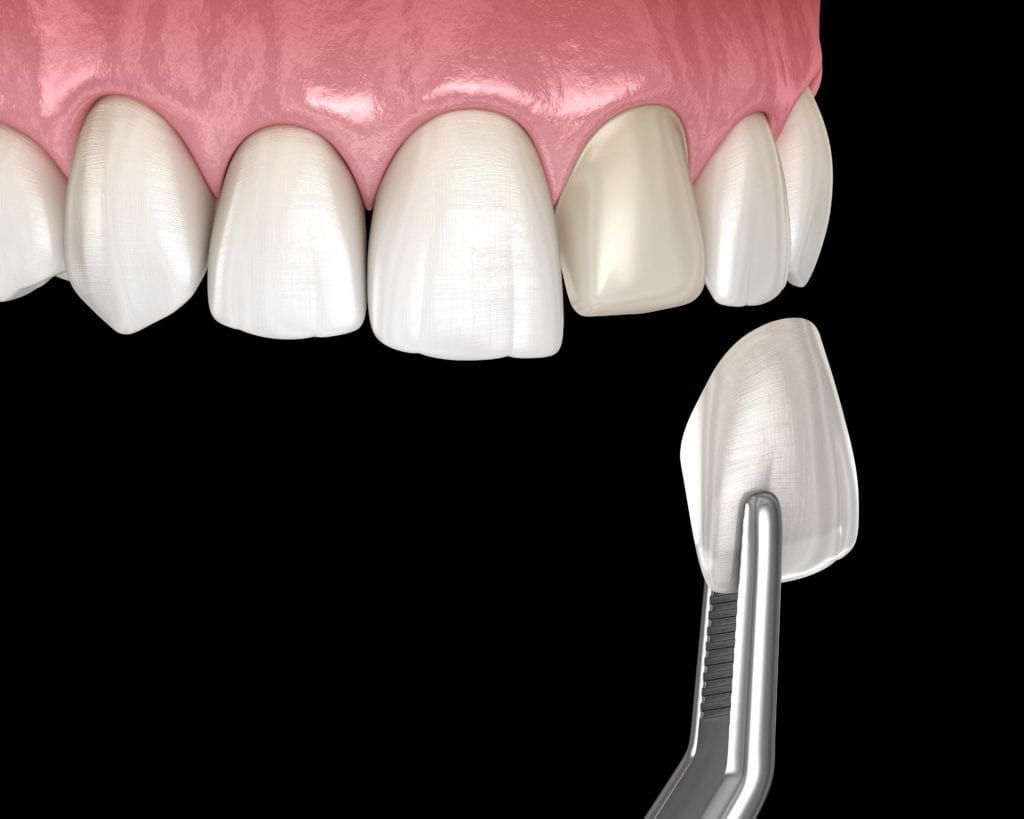Did you know that it is possible for teeth to become translucent? While you will not be able to partially see through your entire tooth, it is possible that you may be able to see through the edges of your teeth. When this happens, it is known as translucent teeth. As you can probably guess, translucent teeth are not normal, however they are somewhat common.
Translucent teeth occur as a result of enamel erosion. As the outer layer of enamel wears down, it loses its color and becomes translucent. However, only the edges of the tooth will appear translucent. This is because the underlying dentin layer still remains intact, although the dentin layer does not extend all the way to the edge of the tooth. Dentin varies in color, but is usually yellow or greyish, which can also affect the color of the rest of your teeth.
What causes the enamel erosion responsible for translucent teeth?
Anything that erodes the tooth enamel can be a contributing factor to developing translucent teeth. With that being said, there are certain things that are more likely to erode the tooth enamel and cause the teeth to appear translucent. Some of the more common causes include:

Acidic Foods and Beverages
Foods that are highly acidic, such as citrus fruits, as well as beverages that are highly acidic, such as sodas, can cause the enamel to erode over time. Generally speaking, the more acidic foods and beverages you consume, the faster your enamel will erode since these foods and beverages lower the pH concentration in your mouth, making it more acidic. In fact, tooth enamel begins to demineralize around a pH of 5.5 or lower. While some demineralization is normal, too much demineralization can quickly lead to tooth decay and enamel erosion.
Medical Conditions
There are also certain medical conditions that cause the teeth to be exposed to more acid than usual. These conditions include heartburn, acid reflux, bulimia, morning sickness, or any other condition that causes frequent vomiting. Since stomach acid has a low pH, it is highly corrosive and erodes the surface of your teeth. Celiac’s disease is another medical condition that can contribute to translucent teeth because it affects the development of tooth enamel.
Enamel Hypoplasia
Although enamel hypoplasia is not as common as the other two causes, it can also lead to translucent teeth. Enamel hypoplasia is a condition that affects the development of tooth enamel in both primary and permanent teeth. Oftentimes, the enamel develops thinner than normal and is also accompanied by white spots, pits, and grooves on the surface of the tooth. In some rare cases, the enamel layer will fail to form at all. Since people with enamel hypoplasia are likely to develop less enamel than normal, they are more likely to develop translucent teeth.
How are translucent teeth prevented and treated?
If you have Celiac disease or enamel hypoplasia, unfortunately there is no way to prevent translucent teeth. However, you can prevent the condition from worsening by watching the amount of acidic foods and beverages you consume. This is also useful advice for those without conditions that predispose them to translucent teeth. Ultimately, decreasing your acid intake is an ideal way to prevent or decrease the severity of translucent teeth.
With that being said, there are ways that your dentist can correct translucent teeth. In fact, many dentists recommend treating translucent teeth not only because of their appearance, but because of the fact that enamel erosion can increase your risk of tooth decay. Here are some ways your dentist can fix translucent teeth:
Dental Bonding
Dental bonding is a non-invasive approach to fixing translucent teeth that can be completed in a single dental appointment. It consists of applying composite resin to the affected tooth and using a special curing light to bond the composite resin to the enamel. Not only will this improve the look of your teeth by making them completely opaque, but it will also protect your teeth from tooth decay. The results of dental bonding tend to last about 5-7 years.
Porcelain Veneers

Veneers are thin shells of porcelain that are adhered to the front side of translucent teeth. Like dental bonding, veneers will improve the appearance of your smile while also protecting your teeth from decay. However to place veneers, your dentist may need to remove a small amount of enamel to ensure the veneer will fit properly. Veneers are also fabricated in a dental lab, so it generally takes two appointments to complete. Porcelain veneers last about 10-15 years.
Dental Crowns
Dental crowns are tooth-shaped caps that fit over the entire tooth. They are ideal for treating cases of severe enamel erosion that has affected a significant amount of the natural tooth structure. Since they are made to fit over the top of an existing tooth, however, the tooth will need to be slightly reduced in size for the crown to fit properly. Like veneers, they are made in a dental lab, take about two appointments to complete, and last about 10-15 years.

